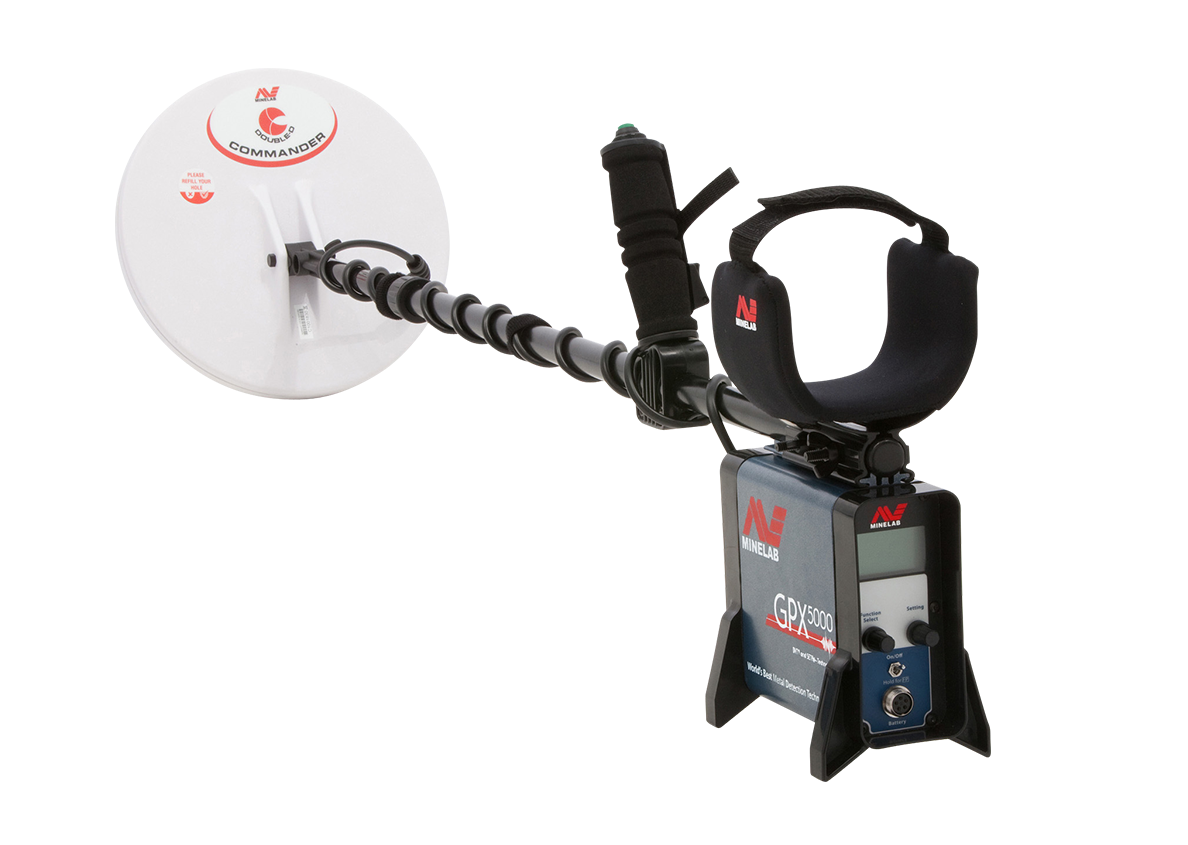Historically, discrimination when gold prospecting has never been encouraged due to the danger of a very impure nugget or one encrusted in ironstone being miss-read as being ferrous. For this reason, it is usually best to recover all targets, especially when you are working a known gold producing patch. However, in real trashy areas, it can take days to dig out every bit of metal present, and it’s these spots that many operators walk away from. When used correctly, discrimination can allow you to detect these high-trash areas successfully.
The discrimination on the GPX Series is called Iron Reject, and is designed to minimize the risk of rejecting a gold nugget. It does this by only rejecting iron targets that are obviously ferrous. E.g., a small deeply buried nail will provide a faint signal (the same as a small or deeply buried gold nugget would) and cannot be accurately identified, so will not trigger the Iron Reject. Whereas a large steel bolt closer to the surface will provide a stronger signal to the detector meaning it can be accurately identified, so will trigger the Iron Rejection.
Using Iron Reject
In Iron Reject, a ferrous target momentarily blanks out the threshold while the coil is passed over it, but the threshold doesn’t go completely silent. As the coil approaches the target you hear the beginning of a signal, then a pause or “blank”, and as you move away from the target, you hear the tail of the signal. What you are listening for is this “blank” in between.

To use Iron Reject, you need to use a Double-D coil, with the Coil/Rx switch on Double-D. The standard 11-inch Double-D coil works great, but the optional 10 x 5-inch Commander Double-D is even better in real trashy spots. You should also use Fixed Ground Balance for consistent results, and your Timing selection should match the ground conditions, but in most circumstances the Normal Timing will provide good results.
To activate Iron Reject, highlight it in the menu and turn the setting knob and select an Iron Reject level. The level controls how cautious or aggressive you want the Iron Reject to be:
A high level of Iron Reject is very aggressive and will blank on weaker ferrous targets, but some good targets (e.g. gold coated in ironstone) could be mistaken as ferrous. Settings of 7 and above should only be used in very high trash areas, or when using the detector searching for coins and relics.
A low level of Iron Reject requires a stronger signal before ferrous rejection occurs. Very weak ferrous target responses will give normal ‘all metal’ type signals, but the risk of rejecting a gold nugget is greatly reduced.
When detecting with Iron Reject, it is important that you test a target from a couple of directions. If a long thin object like a nail lies parallel to the overlap winding of the Double-D coil, the target can be read as being non-ferrous. By sweeping at 900 to the first sweep, a more accurate discrimination can be obtained.
Caution
When using Iron Reject, only ignore target signals that are definitely blanking. If the signal is broken but not completely blanking, then dig it up or at least dig closer and re-test. If you have to dig down fairly deep, it can be hard to sweep the coil cleanly side to side, so at this point it is probably safer to dig the target out.
Understanding the Iron Reject feature should allow you to detect in areas that other operators have avoided, meaning there’s a good chance that gold and relics are waiting to be found!
Nenad Lonic





















Comments